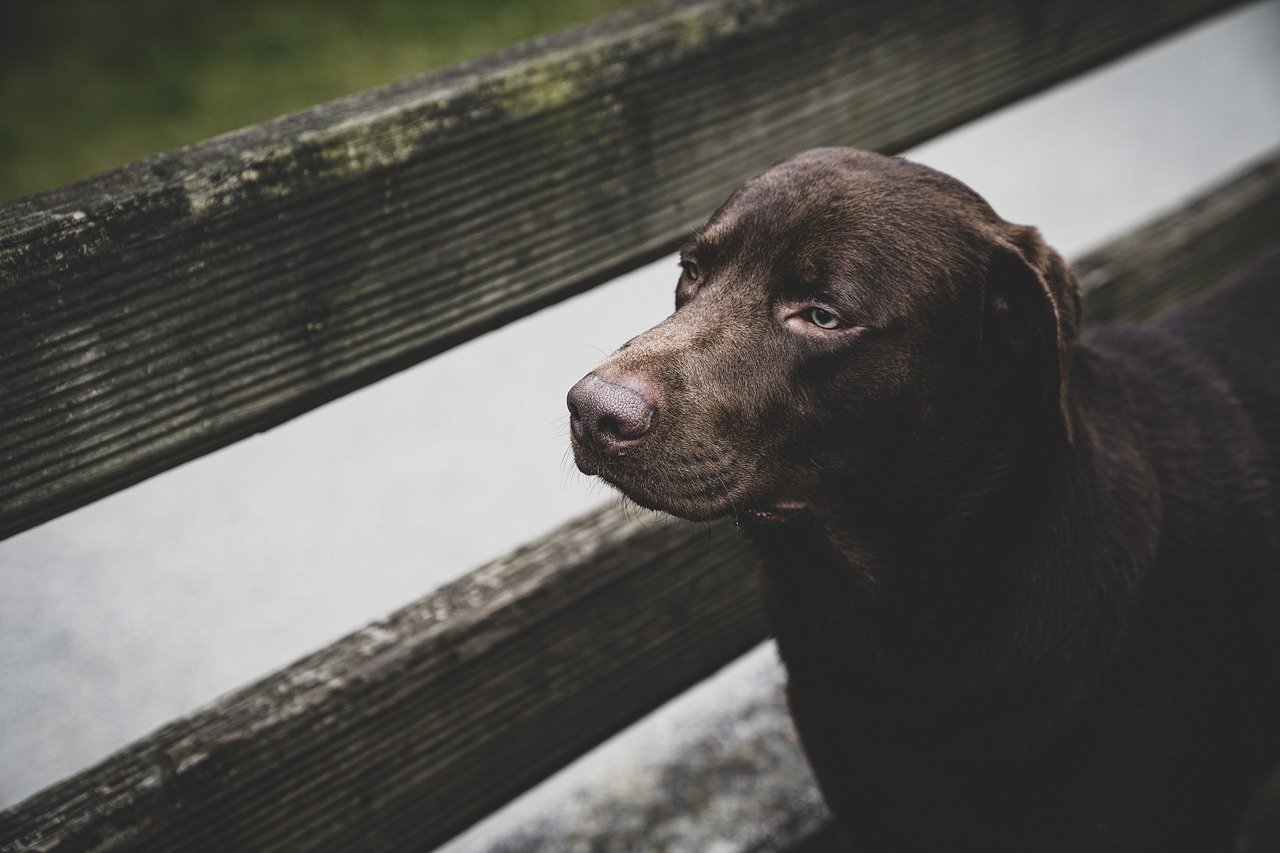Dogs might not use words, but they’re experts at letting us know when something’s not quite right. From dramatic sighs and side-eyes to more subtle cues like avoiding eye contact or pacing, our pups have plenty of ways to show their displeasure. But not all dogs are drama kings or queens—some breeds are famously chill and hardly ever make a fuss. In this guide, we’ll explore 10 clear signs your dog is annoyed and highlight 10 easygoing breeds that keep complaints to a minimum. Understanding both sides can help you better meet your dog’s emotional needs and keep the peace at home.
Averting Their Gaze: Silent Disagreement
Dogs often show their discomfort by purposefully looking away from what’s bothering them. This isn’t just shyness—it’s a clear sign they’re not happy with the situation. For example, if you pull out the nail clippers and your dog turns their head away, they’re letting you know they’re uneasy. This avoidance is their way of saying, “I’d rather not.” It’s a gentle protest, subtle but unmistakable once you know what to look for. Sometimes, they’ll even move their whole head or body in the opposite direction, hoping you’ll get the message and stop. It’s almost like a child rolling their eyes in quiet protest. Learning to spot this can help you respect your dog’s boundaries and avoid pushing them too far.
Lip Licking and Yawning: Stress Signals
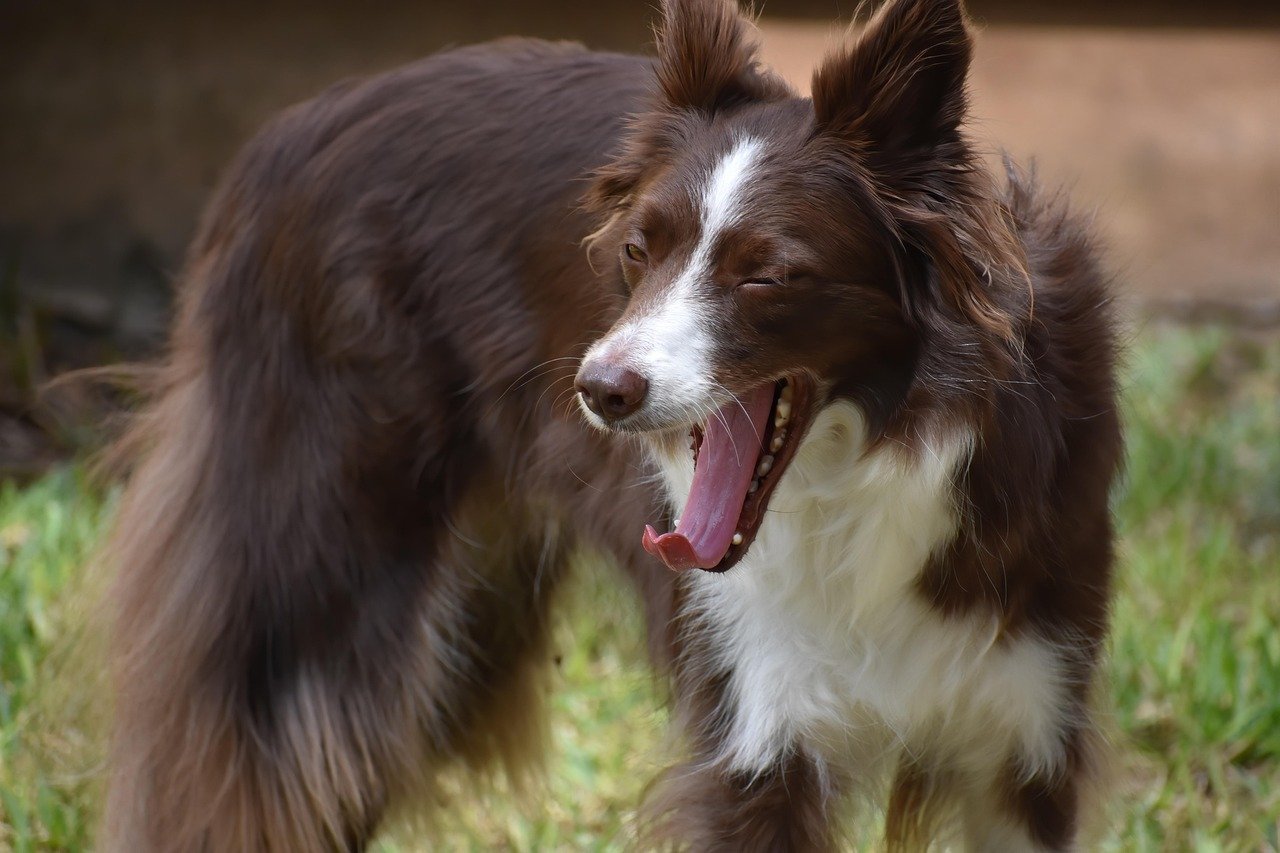
You might think your dog is just tired or hungry when you see them licking their lips or yawning, but these actions are often signs of discomfort or nervousness. Dogs use these gestures to calm themselves in stressful situations. For instance, during a loud thunderstorm or when meeting a new dog, you might notice repeated lip licking or exaggerated yawns. These are classic signs your dog is not at ease. It’s their way of trying to soothe themselves and signal to you that something’s off. These subtle actions are easy to miss, but once you know them, you’ll see them everywhere when your dog feels uneasy. Recognizing these signs can help you step in and comfort your dog before stress escalates.
Growling: The Warning Bell
A growl is one of the most obvious ways a dog says, “Back off!” It’s not always about aggression—often, it’s a clear warning that your dog is uncomfortable or unhappy with what’s happening. Maybe you’re trying to move them off the couch, or another dog is crowding their space. That low rumble is their way of setting boundaries. It’s important not to punish a growl, as it’s a vital form of communication. Think of it as a dog’s early warning system before things get serious. If you ignore the growl, your dog might feel forced to escalate their response. Listening to growls keeps everyone safer and shows your dog you respect their feelings.
Flattened Ears: Subtle Signs of Distress
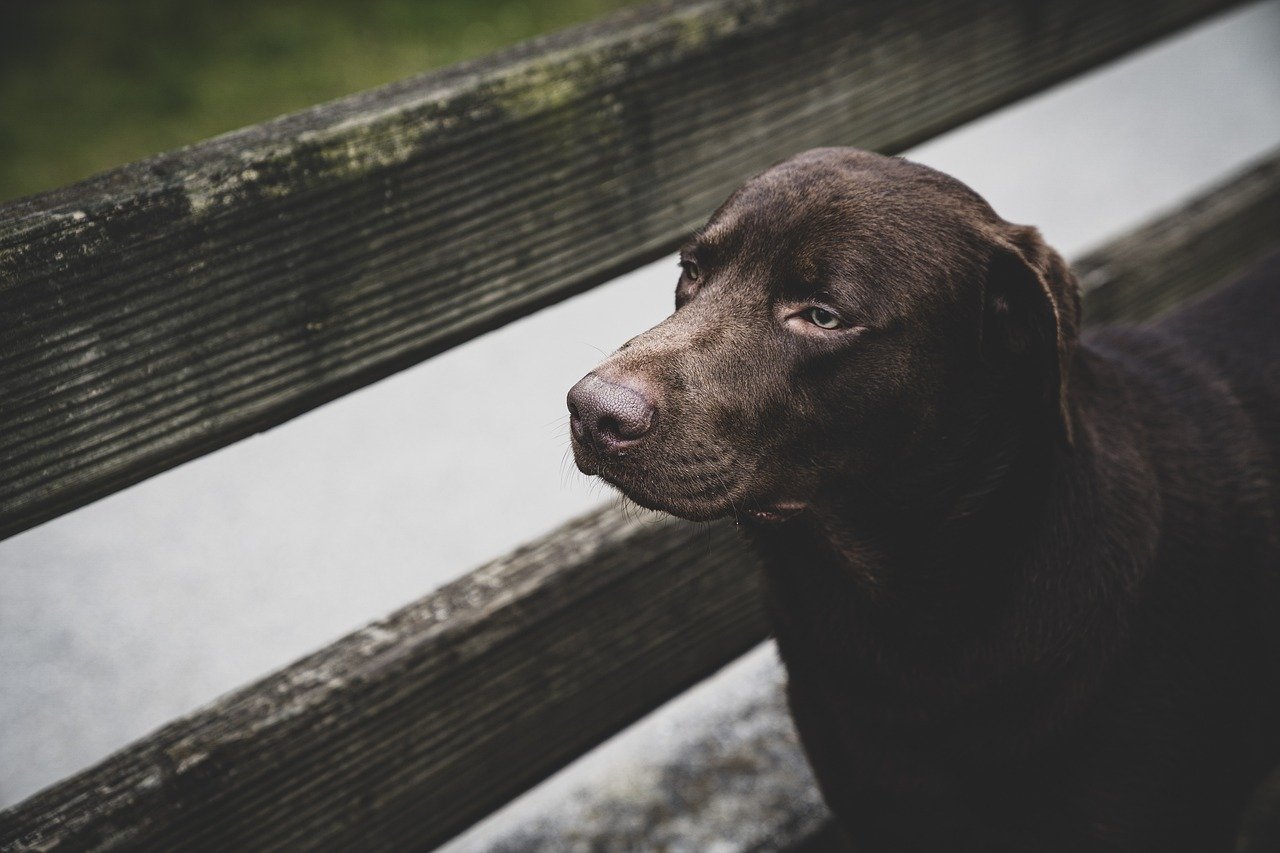
When a dog pins its ears back flat against its head, it’s usually feeling scared, anxious, or upset. This is especially noticeable in dogs with upright ears. Imagine a person slouching in discomfort—the body language is unmistakable. Ears can be like emotional antennas, showing when a dog is bothered. You might see this during a tense vet visit or when they hear strange noises. Sometimes, flattened ears are paired with a tucked tail or lowered head, amplifying the message. Paying attention to ear position can help you intervene early when your dog feels threatened or uneasy, sparing them from more intense distress.
Tucked Tail: The Ultimate Sign of Unhappiness
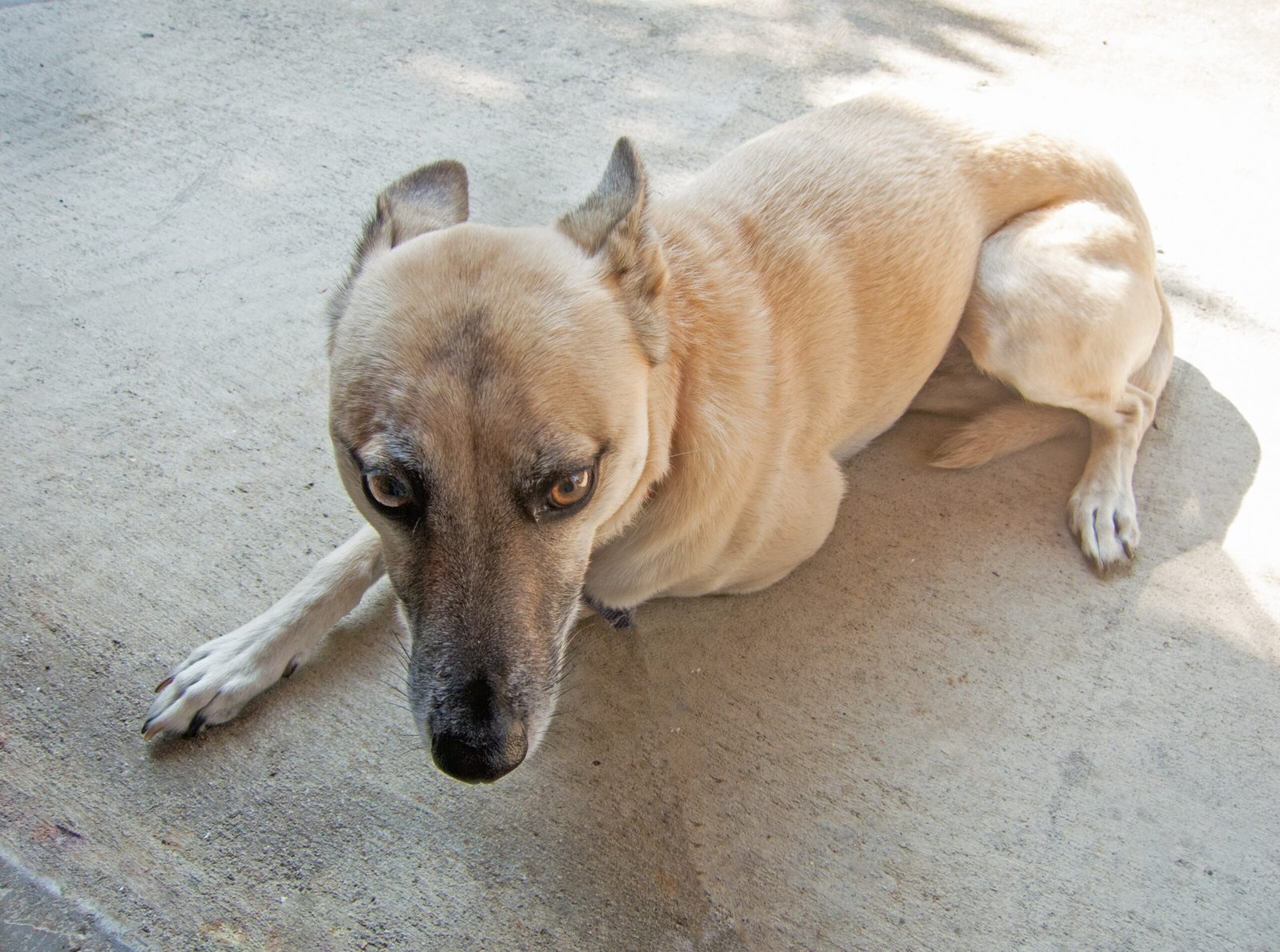
A wagging tail signals joy, but a tail tucked tightly between the legs is a clear sign of fear, anxiety, or deep displeasure. Dogs do this to make themselves appear smaller and less noticeable—almost like they wish they could disappear. You’ll often see a tucked tail at the vet, during thunderstorms, or after a scolding. It’s a universal doggy sign of discomfort that’s impossible to miss once you know what it means. If you spot this, your dog is telling you they’re not okay and need reassurance. Recognizing and respecting the tucked tail helps you become a more compassionate and responsive dog owner.
Paw Lifting: Asking for a Break
Have you ever noticed your dog lifting a single paw and holding it in the air? While some breeds do this when hunting, in everyday situations, it often means your dog is uncertain or uneasy. It can happen during training sessions that are too intense or when your dog is in a new, overwhelming place. It’s a subtle plea for a break or a gentler approach. Think of it as your dog raising their hand to say, “I’m not sure about this.” Responding with patience and kindness when you see this gesture can build trust and make your dog feel safer in challenging situations.
Whining: Vocalizing Discomfort
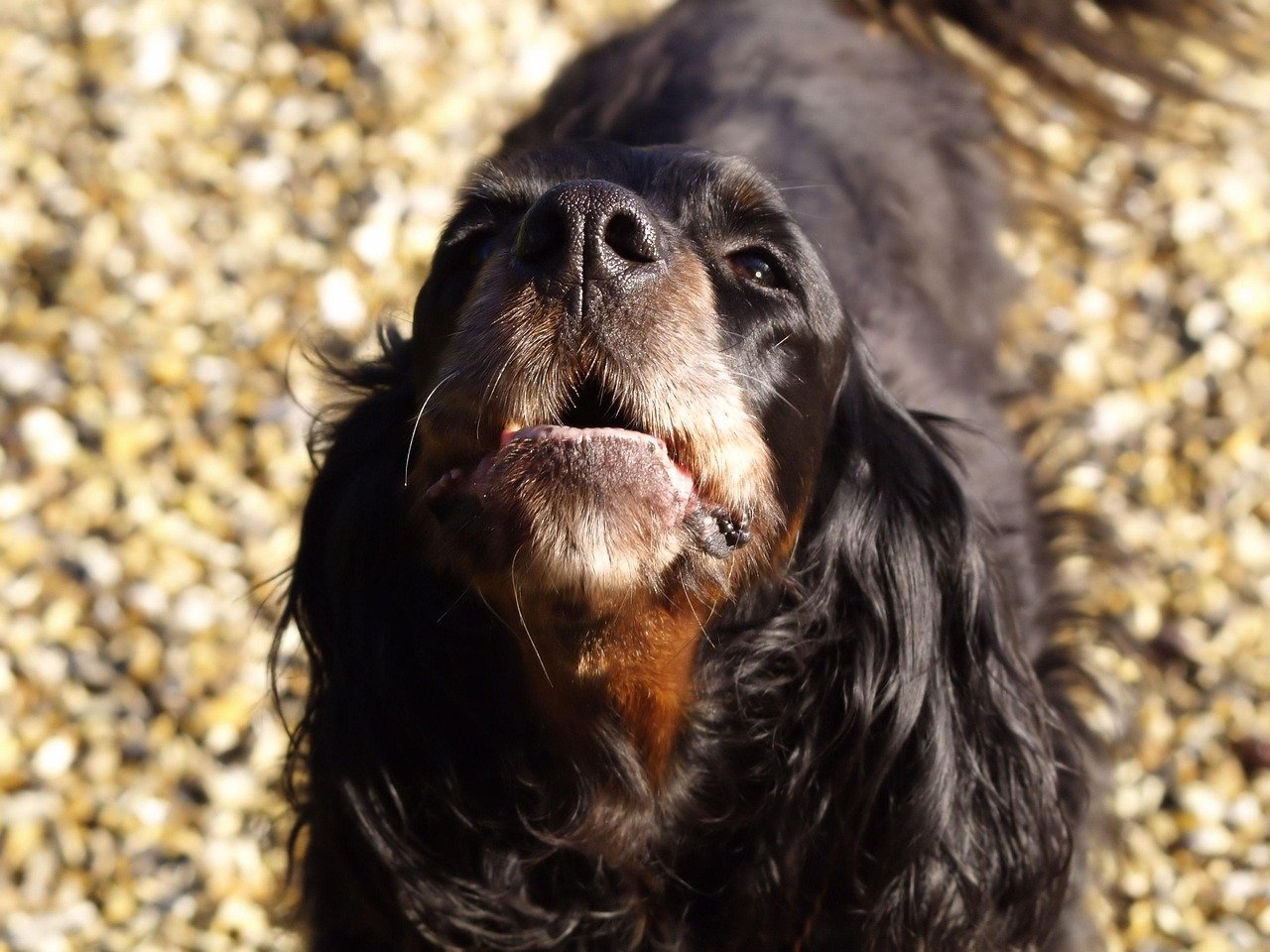
Whining is a plaintive sound that tugs at any dog lover’s heartstrings. When your dog whines, they’re letting you know something isn’t right. Maybe they’re bored, anxious, or want to avoid an uncomfortable situation. For example, some dogs whine when left alone, while others do it when they’re forced into a bath. The pitch and frequency can vary, but the message is clear: your dog is unhappy and needs attention. Ignoring persistent whining can lead to more serious behavioral issues, so it’s crucial to address the root cause rather than just the noise.
Stiff Body Language: Ready to Bolt
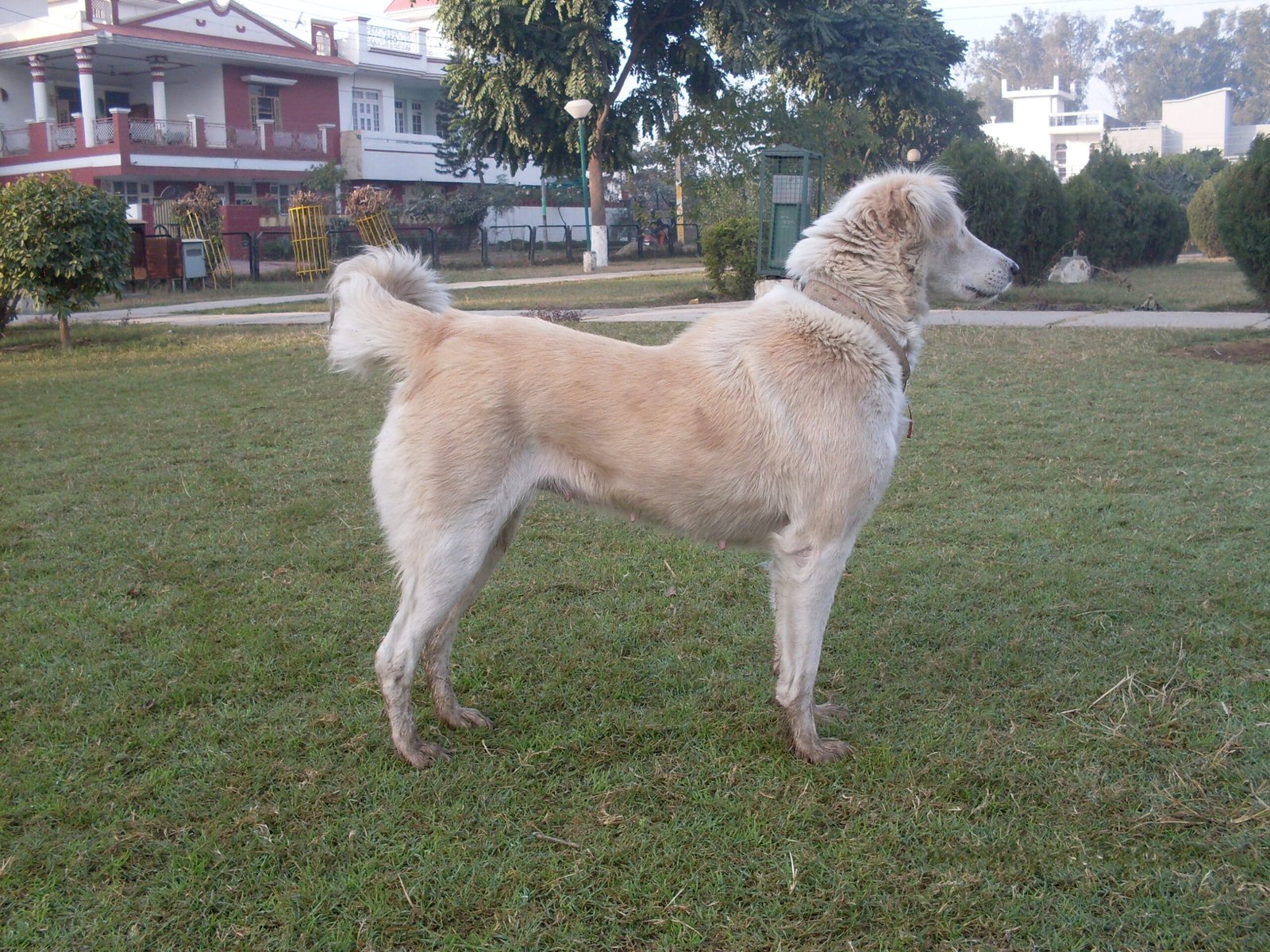
A relaxed dog moves loosely and easily, but a dog that’s unhappy or uncomfortable may become very stiff and still. This rigid posture is almost like holding their breath, ready to run or defend themselves if things get worse. You might see this when introducing a new pet or when a stranger approaches too quickly. It’s a silent alarm bell, letting you know your dog is on edge. Respecting this clear physical cue by giving them space can prevent negative encounters and help your dog feel more at ease.
Sudden Scratching or Shaking Off: Shaking Out Stress
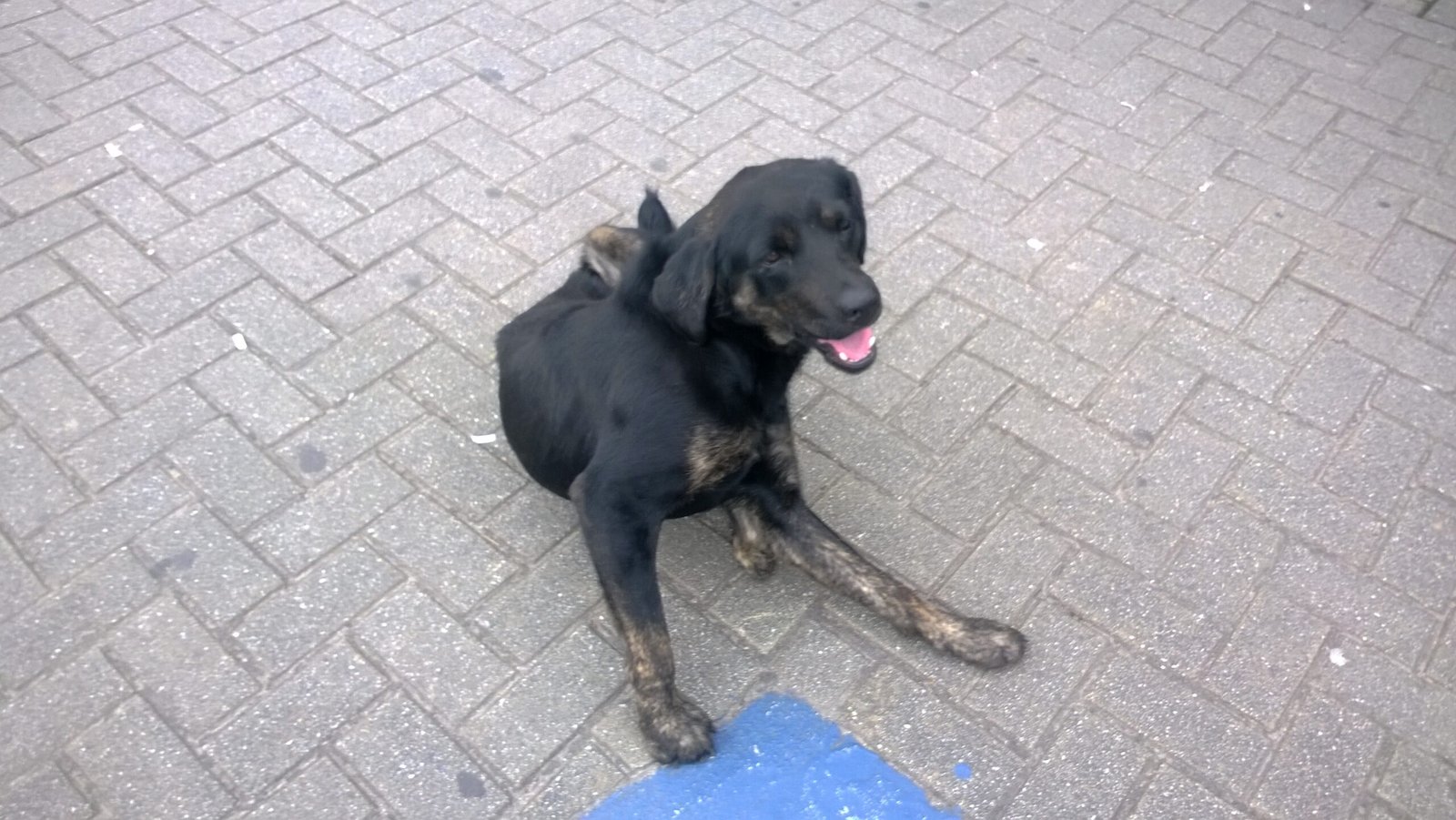
After a tense moment—like a heated encounter at the dog park or an uncomfortable grooming session—dogs often shake themselves off or scratch suddenly. It’s not that they’re itchy; they’re literally shaking off stress. Think of it as a reset button, helping them release tension and regain composure. If you see your dog do this after a stressful event, they’re telling you it was a lot for them to handle. It’s a fascinating peek into how dogs manage their emotions and process discomfort.
Refusing Food or Treats: Saying No, Thank You
For most dogs, food is life. So if your dog suddenly refuses treats or ignores their meal, it’s a powerful message that something’s wrong. Stress, fear, or displeasure can override even the most enthusiastic eater. You might notice this during travel, vet visits, or big life changes like moving house. It’s your dog’s way of saying, “I’m too uncomfortable to eat.” This is a serious sign that should never be ignored, as it often signals more than just a picky appetite.
Labrador Retriever: The Laid-Back Companion
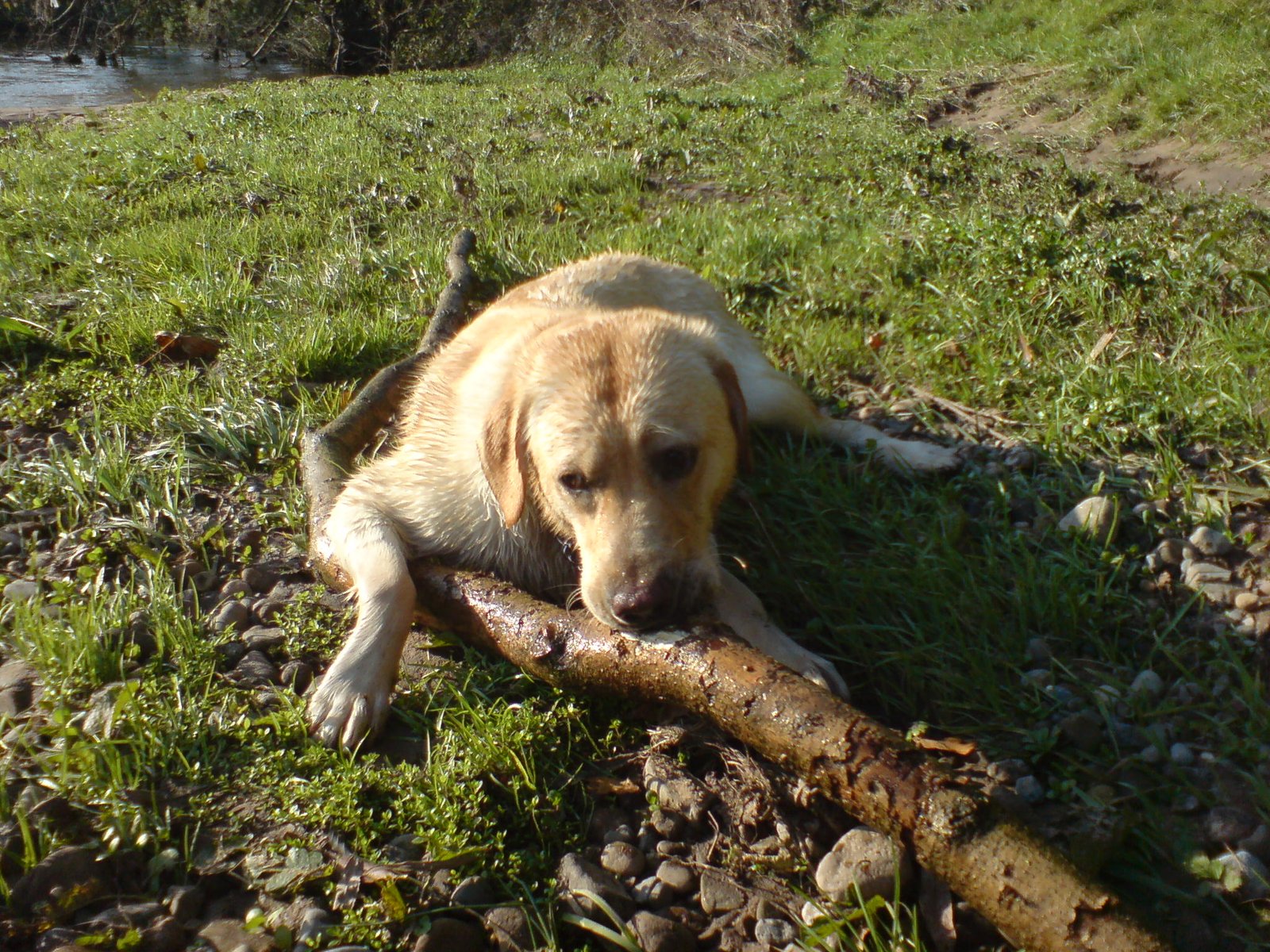
Labrador Retrievers are known for their easygoing, cheerful disposition. These dogs rarely complain, even in situations that might bother other breeds. Labs tend to take new experiences in stride, whether it’s meeting strangers or adjusting to a new home. Their patience and forgiving nature make them one of the most popular family pets. Instead of whining or growling, a Lab is more likely to nuzzle you for reassurance or simply wait things out. Their resilient temperament means you’ll rarely see them sulking or throwing a fit, making them a joy to live with for families of all sizes.
Golden Retriever: The Perpetual Optimist
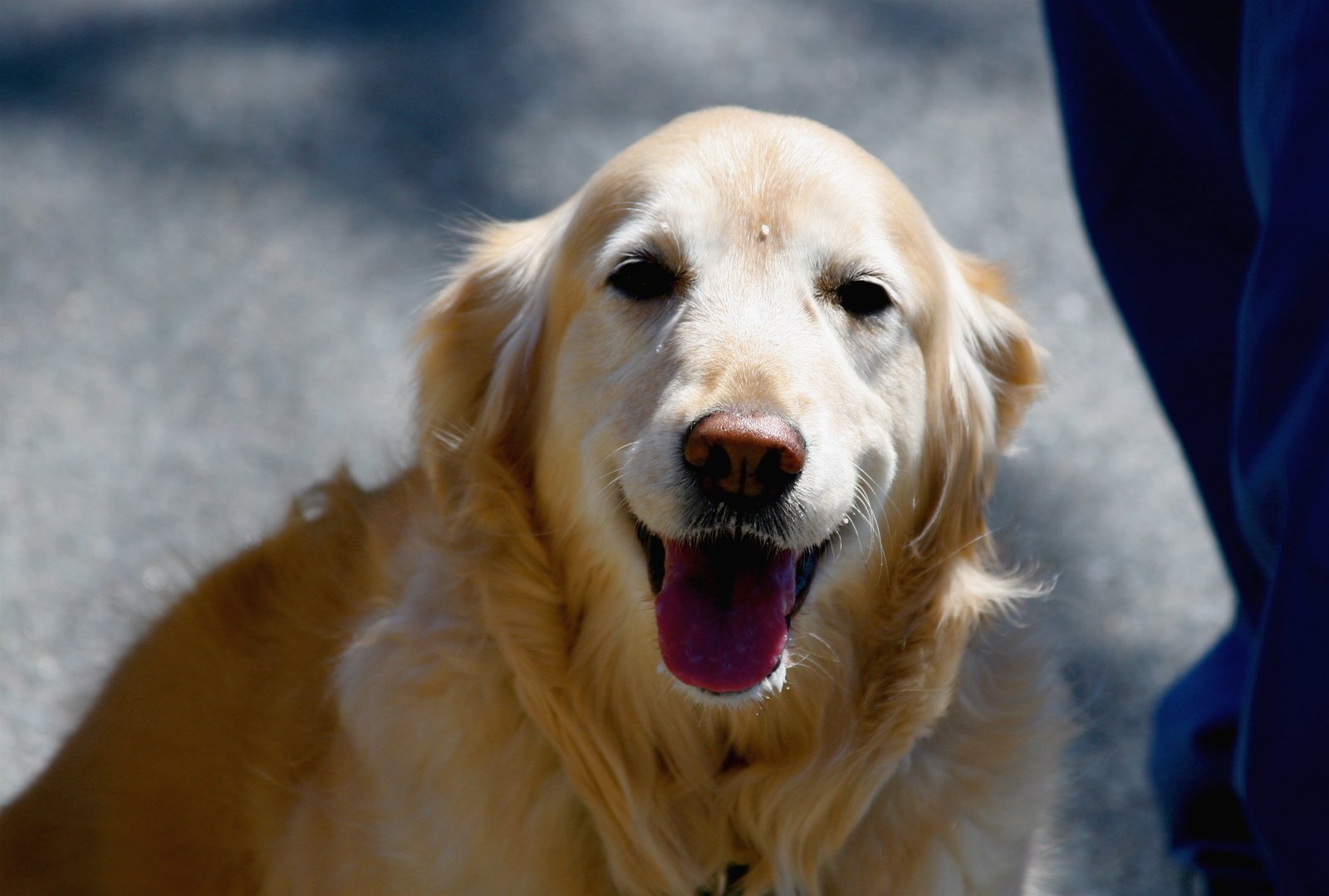
Golden Retrievers are famous for their sunny outlook on life. They approach most situations with enthusiasm and rarely show signs of displeasure. Even when faced with uncomfortable circumstances, Goldens tend to look to their humans for guidance rather than complain. Their gentle demeanor and strong desire to please mean they’re quick to forgive and forget. Instead of showing avoidance, they often offer a wagging tail and hopeful eyes, trusting that things will turn out fine. This breed’s unwavering positivity is a big reason why they’re so cherished as therapy and assistance dogs.
Greyhound: The Quiet Observer
Greyhounds are surprisingly calm and stoic, especially for such athletic dogs. They’re often described as “cat-like” in their quiet acceptance of life’s little annoyances. Instead of making a fuss, a Greyhound will simply move to a quieter spot or curl up in their favorite bed. Even during stressful events, they tend to keep their feelings bottled up, rarely whining or barking. Their reserved nature makes them excellent companions for people who appreciate peace and tranquility. Greyhounds prove that sometimes, silence really does speak volumes.
Cavalier King Charles Spaniel: The Gentle Soul
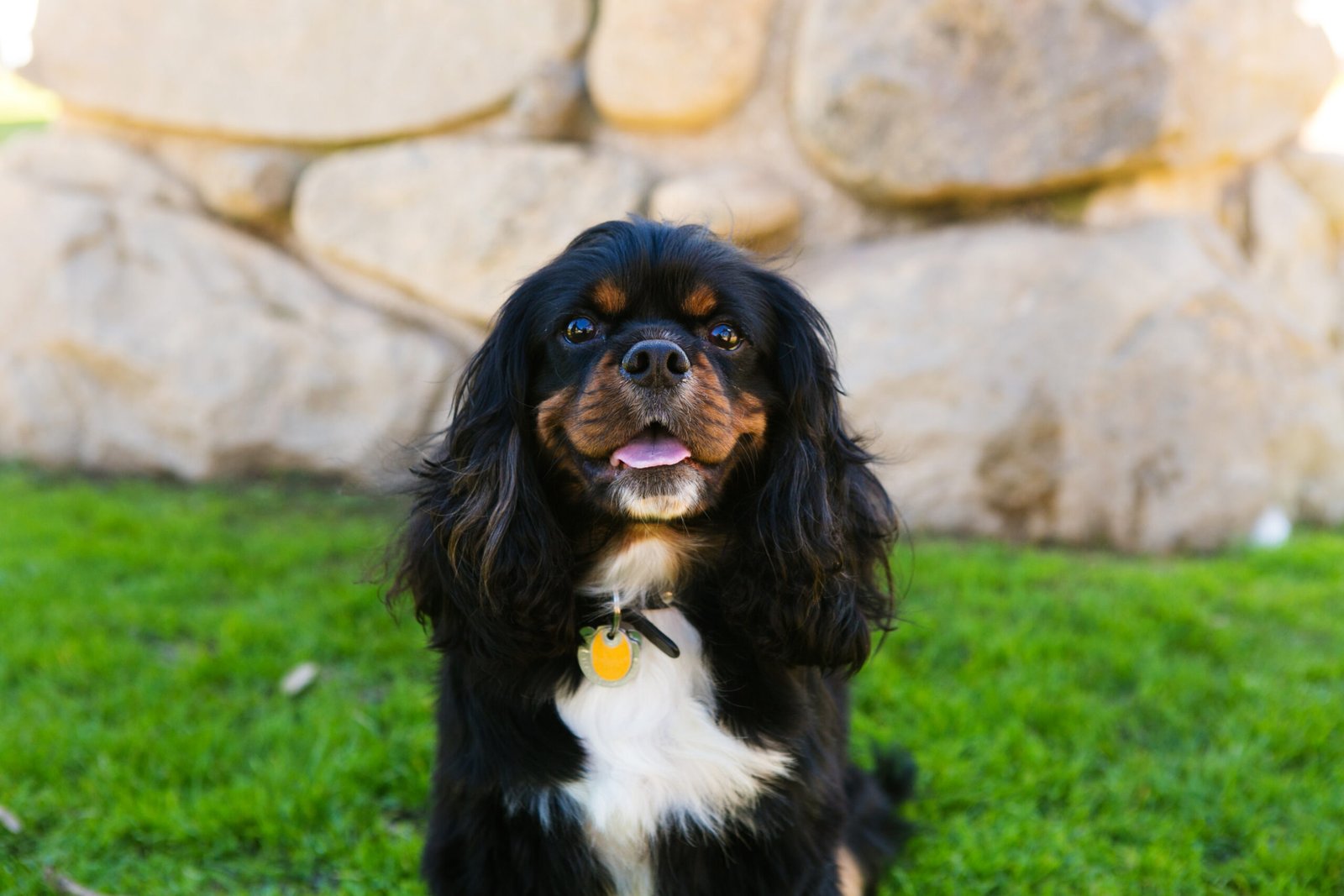
Cavalier King Charles Spaniels are the definition of gentle and adaptable. These dogs seem to go with the flow, rarely objecting to new experiences or changes in routine. They’re happiest when close to their people, and even when uncomfortable, they express it with a soft whimper or a longing gaze rather than vocal protest. Their calm, affectionate nature makes them a favorite among families and seniors alike. You’ll almost never hear a Cavalier complain—they simply trust that you have their best interests at heart.
Bernese Mountain Dog: The Steadfast Friend
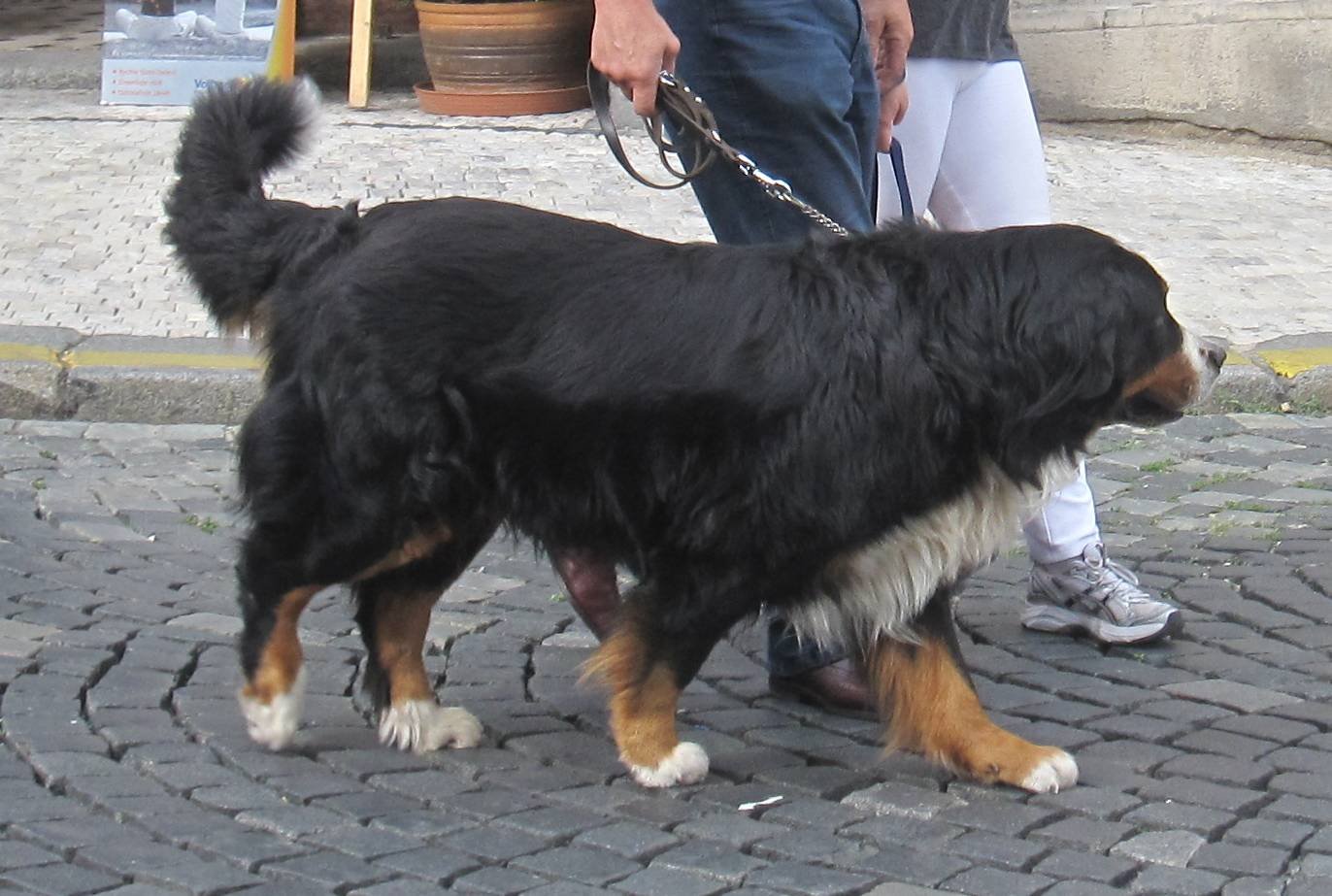
Bernese Mountain Dogs are big, lovable giants with an even bigger heart. They’re known for their calm, tolerant personalities and rarely express displeasure. Even in stressful situations, Berners tend to remain composed, seeking comfort from their humans rather than acting out. Their solid, steady demeanor makes them reliable companions for children and adults alike. When a Berner doesn’t like something, you might notice a gentle paw or soulful gaze instead of growling or whining. Their patience and loyalty are truly remarkable.
Whippet: The Chill Couch Potato
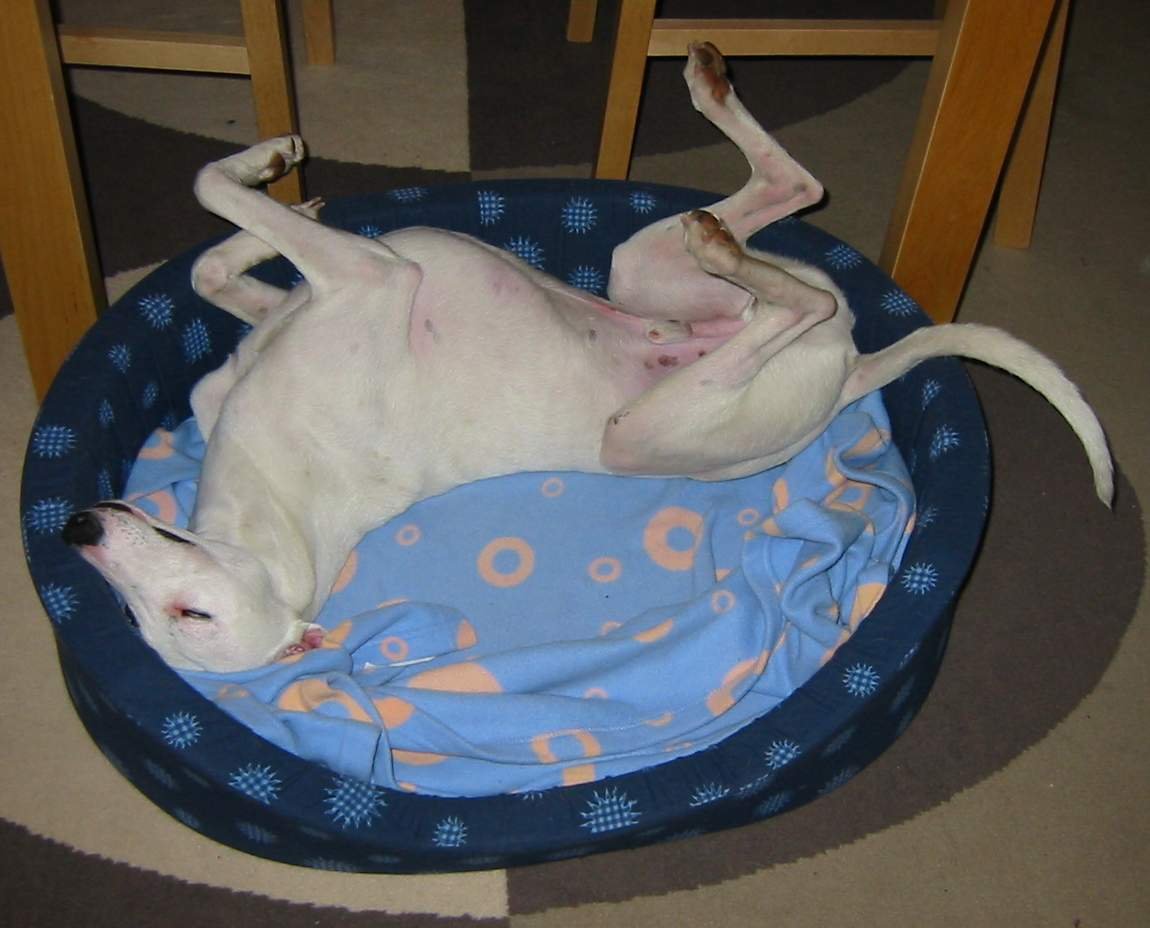
Whippets may be speedy on the track, but at home, they’re the ultimate couch potatoes. These dogs are naturally calm and rarely complain, even when things don’t go their way. If a Whippet is uncomfortable, they simply retreat to a quiet corner or their favorite blanket. Their gentle, unobtrusive presence makes them ideal pets for apartment dwellers and families seeking a relaxed companion. Instead of making a scene, Whippets quietly endure, embodying the phrase “grin and bear it.”
Shih Tzu: The Easygoing Lapdog
Shih Tzus are known for their happy-go-lucky attitude and affectionate temperament. They adapt easily to changes in their environment and rarely show strong displeasure. When a Shih Tzu is unhappy, they’re more likely to seek comfort in your lap than make a fuss. Their low-key nature means they handle grooming, travel, and household chaos with surprising grace. Shih Tzus are proof that small dogs can have big, unflappable hearts.
Newfoundland: The Gentle Giant
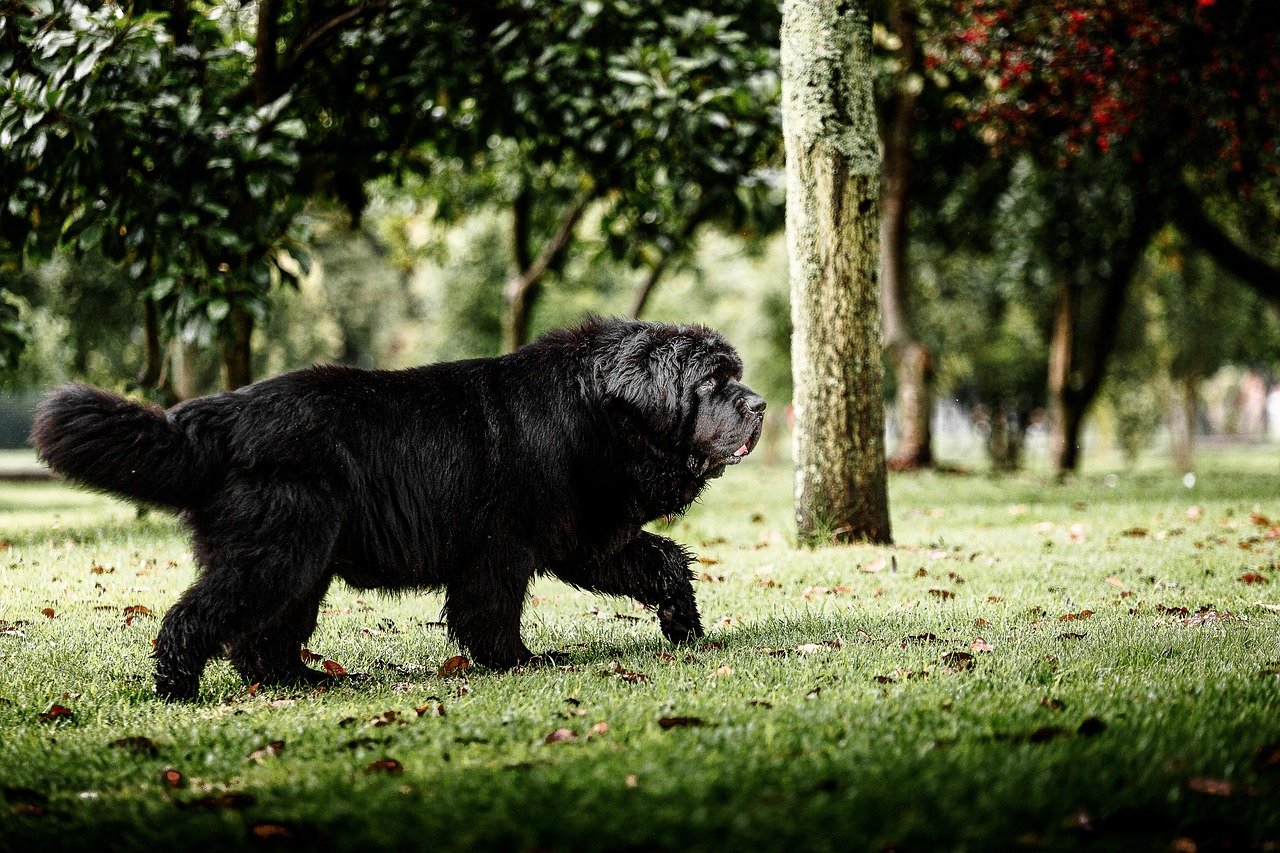
Newfoundlands are renowned for their calm, patient demeanor. These massive dogs are gentle with children and strangers alike, rarely showing aggression or displeasure. When faced with stress, a Newfoundland is more likely to lean gently against you for comfort rather than bark or growl. Their sweet-natured personality makes them ideal therapy dogs and beloved family members. Even in the face of discomfort, they maintain a quiet dignity that’s truly inspiring.
Great Dane: The Tolerant Titan
Despite their imposing size, Great Danes are famously gentle and tolerant. They have a calm, laid-back attitude and rarely complain, even when situations get a little chaotic. A Great Dane will typically remove themselves from a stressful scene rather than react aggressively. Their easygoing nature extends to children, other pets, and even strangers. This breed’s patience is legendary—making them gentle giants in every sense of the word.
Basset Hound: The Peaceful Companion
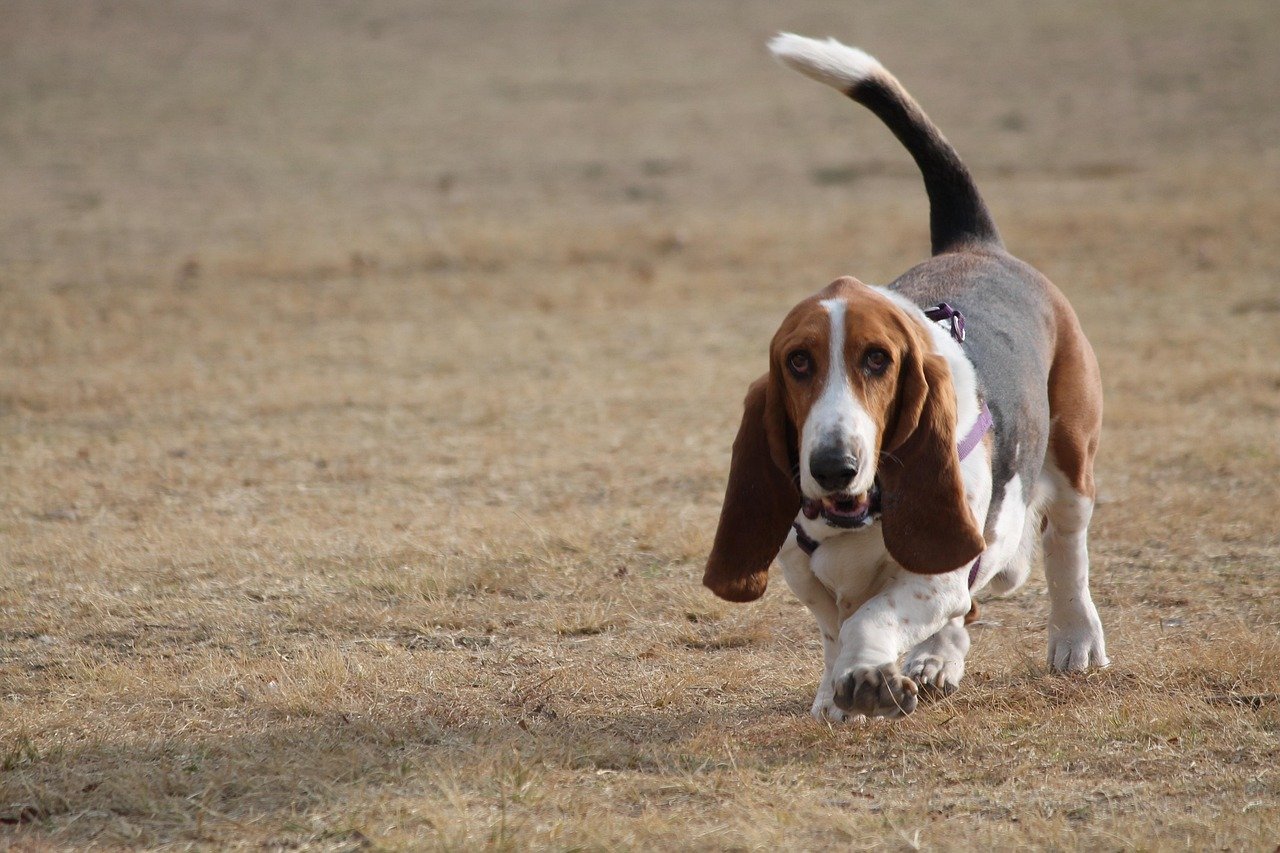
Basset Hounds are mellow, friendly dogs who take life at their own pace. They rarely show signs of displeasure, preferring to amble away from things they don’t like rather than protest. Their soulful eyes and laid-back attitude endear them to everyone they meet. Bassets are content to nap through noisy households, bustling parks, or unexpected visitors with barely a grumble. If you want a dog who takes everything in stride, a Basset Hound is hard to beat.
Jen is a passionate nature lover and ocean conservationist. She has dedicated her life to protecting the environment and preserving the beauty of the natural world. Growing up in a small coastal town, Jen sincerely appreciated the ocean and its inhabitants. She has spent countless hours exploring the shoreline, learning about the creatures that inhabit the waters, and advocating for their protection. Jen is an active member of ocean conservation organizations, and she is committed to educating the public about the importance of conserving wildlife and the natural environment.

